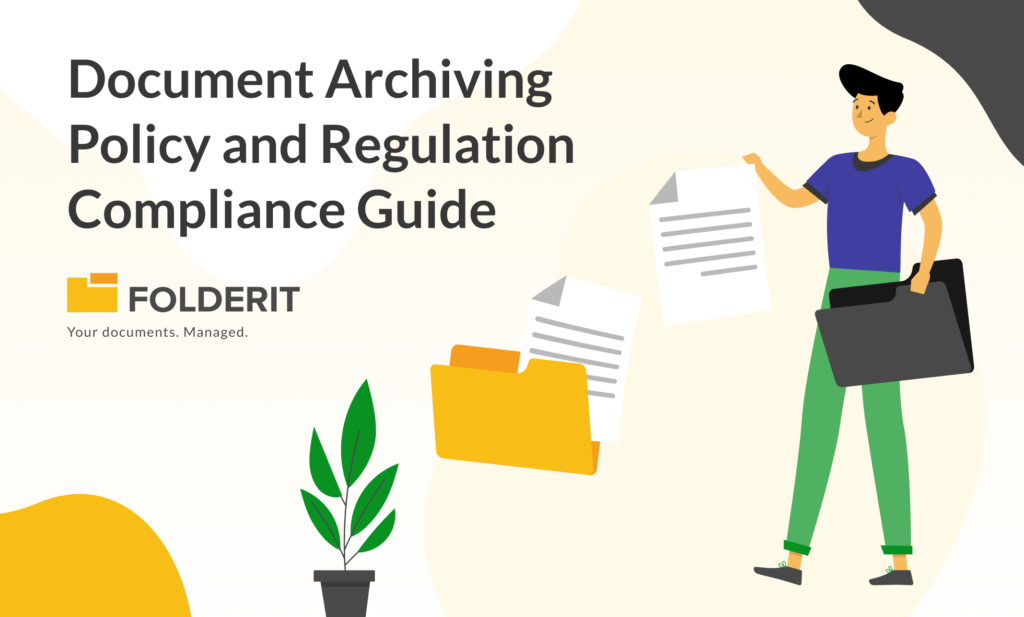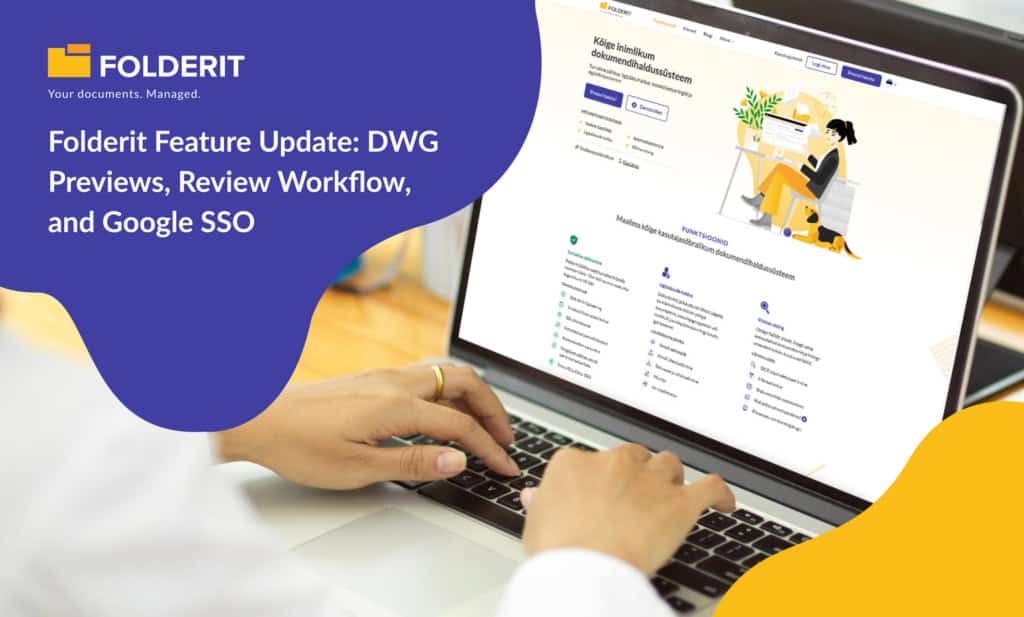Companies thrive on data. The more organized the data, the more efficient the workflow.
With rapidly increasing remote workforces, many firms to hunt for a sustainable document management system.
What is a DMS?
Document management systems enable organizations to bring all business systems online, surpassing the limitations of paper-based procedures. In addition, they offer a more organized alternative to simple file management systems that enhances security, collaboration, and connection across processes and applications.
A document is the most common medium for the exchange of business information. All business documents, such as invoices, contracts, bills of materials, and purchase orders, are printed on standard-sized paper. These manual operations are brought order and consistency by document management solutions.
Why should a company have a document management system?
Every organization has distinct needs. Smaller businesses may value the chance to digitize manual and physical procedures. Larger organizations may value additional capabilities for integrating document data across diverse customer, financial, legal, and compliance workflows with more efficiency and granularity.
Due to improvements in process automation, and cloud-based technology, these more complex capabilities are becoming more accessible and cost-effective. As such, a document management system is essential for automating business procedures and improving workflow.
Folderit is one such document management system that provides these features and more, be it multilingual OCR, file versioning, custom metadata, or integrations to improve business processes and workflow; all the while being the most user-friendly document management system in the world.
Companies with a higher volume of documents are likely to get the most benefits from implementing a DMS platform as they’ll have to spend less time and money on keeping physical records.
Better Technology Is Promoting The Adoption Of Document Management Systems
Intelligent document processing (IDP) is a powerful capability for automating DMS capabilities.
This capability has significantly improved business processes, which in turn is increasing the popularity of document management systems. Fundamental IDP features include optical character recognition to recognize text, artificial intelligence to evaluate the layout and meaning of the content, and robotic process automation to automate document workflows.
In addition, the cloud facilitates document workflows and data interaction with other apps by utilizing more advanced APIs.
The combination of IDP and cloud can facilitate the development of more advanced AI and machine learning models by businesses. Using IDP, for instance, financial institutions can automatically extract more granular data from bank statements, pay stubs, tax paperwork, and other essential documents. This capacity results in more precise models for predicting credit risk, detecting fraud, and enhancing planning.
Statistic: 77% of Business Owners Want to Access Files Remotely – Record Storage Systems
Features to look for in a document management system
In order to evaluate if a document management system platform is the best option, it is essential to examine its features.
Access Control and authorizations
Access control is essential since it enables users to access all documents from any device. It also mitigates the risk that data cannot be lost or erased, while permissions are a great approach to permit and restrict access to documents for various individuals.
Document Control via versioning, author, and time
Document version management capabilities can assist teams in coordinating changes and creating backups. Teams may work on various documents, such as a bill of materials or a request for procurement. When documents get out of sync, robust version control capabilities can help your team identify and avoid communication bottlenecks.
Security
Any DMS must place security as a top priority, something that Folderit understands well as it stores files on Amazon Web Services’ S3, which ensures 99.99 percent object durability over a given year. Things you should look for while selecting a DMS include; 256-bit encryption, SSL-encrypted file transfers, two-factor authentication, support for role-based access, full audit trails, and revision indexing capabilities. All of these are beneficial for their own purpose and to facilitate compliance.
Tagging and Metadata
The more documents users upload to the database, the more difficult it is to handle, in theory. Pay particular attention to the tagging, rating, and other categorization capabilities, as these will assist users in more efficiently locating the relevant files.
Particularly, you should seek out document management solutions that provide the addition of custom metadata data fields.
Indexing
Investigate the advanced document indexing capabilities of the tools. You’re looking for how what sort of indexing they have. Bear in mind that indexing of documents enhances document retrieval, access restrictions, and reporting. Metadata indexing, OCR, and indexing, version, and revision indexing, and automatic document numbering are prominent DMS document indexing features.
Get Folderit free to try.



